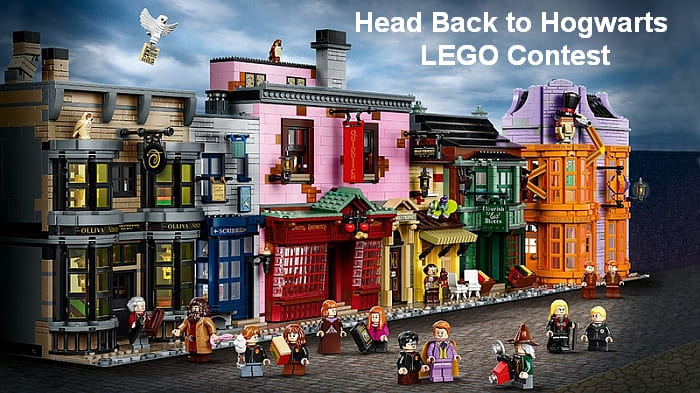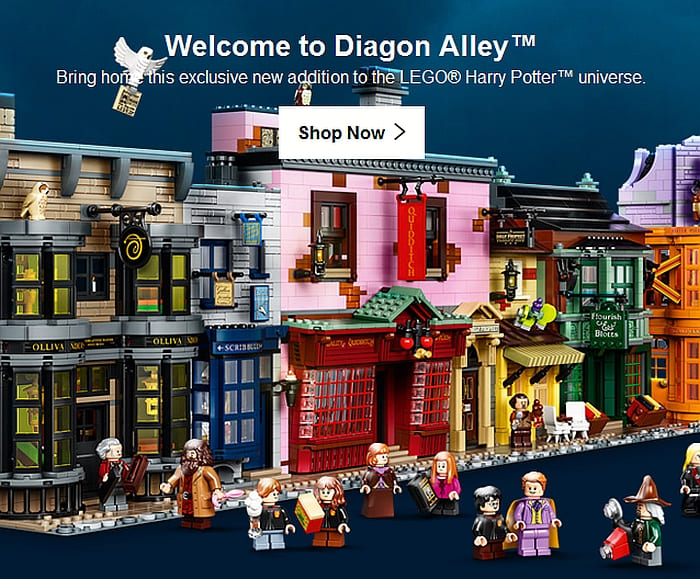There are a couple of new holiday LEGO sets that I wanted to make sure you’re aware of. The LEGO Winter Village sets from 2019 and 2018 are still available, and the 2020 LEGO Winter Village set should be announced soon. The LEGO Advent Calendars (City, Friends, Star Wars, and Harry Potter) are also very popular to count down the days for Christmas. However, those are also some other holiday-related sets worth checking out.
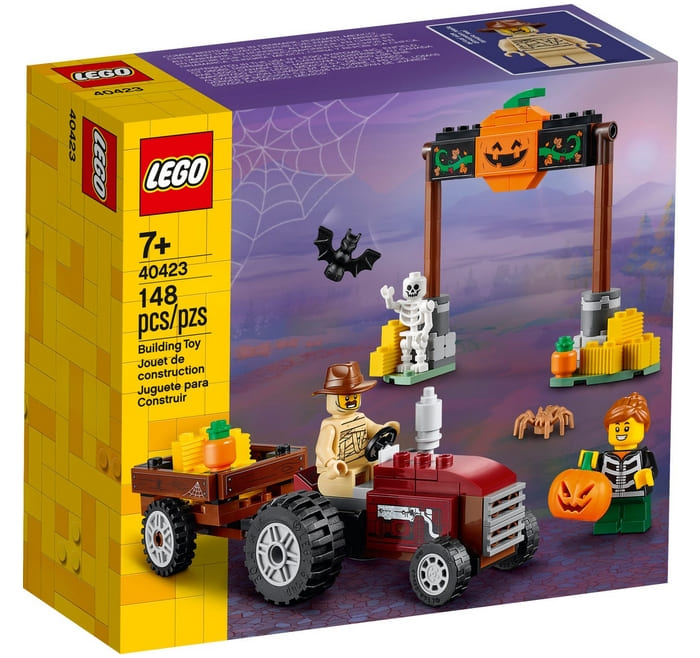
The #40423 LEGO Halloween Hayride is part of the LEGO Iconic series that features holiday and seasonal sets and gift items. It includes a cute Halloween scene with a buildable entrance arch that could be placed in front of a LEGO house or farm, a vintage tractor with hay cart, some decorative details, and a couple of minifigs; a tractor driver dressed up as a mummy and a girl wearing a skeleton costume. The entrance arch measures over 5” (13cm) high and 3” (10cm) wide, and together with the tractor, minifigures and accessories, it makes a cute Halloween display piece. The set comes with 148 pieces, and the price is $12.99. You can pick it up at the seasonal items section of the Online LEGO Shop.
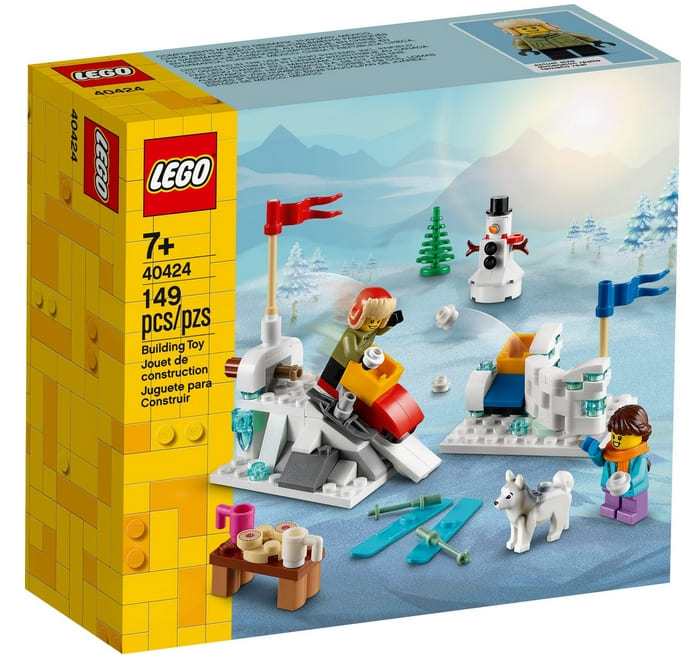
A similarly sized new set in the LEGO Iconic collection is the #40424 LEGO Winter Snowball Fight. The set features a buildable snow fort, working snowball catapult, hill with a working sledge-launch function, snowman, a tree and a table with mug and cookies. Both the boy and the girl minifigures have brand new torso prints, plus you also get a husky. This is a great little set to add to your LEGO Winter Village layout, or to winterize your regular LEGO city. It comes with 149 pieces, and the price is $12.99. It’s available at the seasonal items section of the Online LEGO Shop.
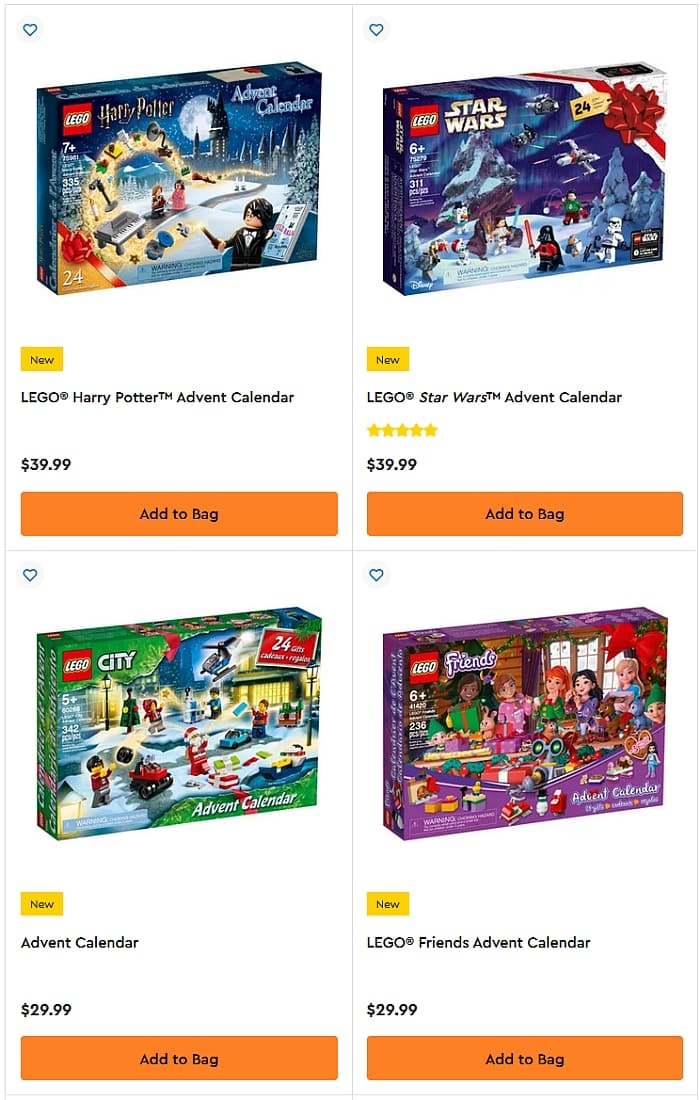
Another way to add some holiday fun to your LEGO layouts is with the annual LEGO Advent Calendars. This year, we get the #60268 LEGO City Advent Calendar, the #75279 LEGO Star Wars Advent Calendar, the #75981 LEGO Harry Potter Advent Calendar, and the #41420 LEGO Friends Advent Calendar. The sets are really nice this year with some cute little builds and awesome minifigs, so check them out at the seasonal items section of the Online LEGO Shop.
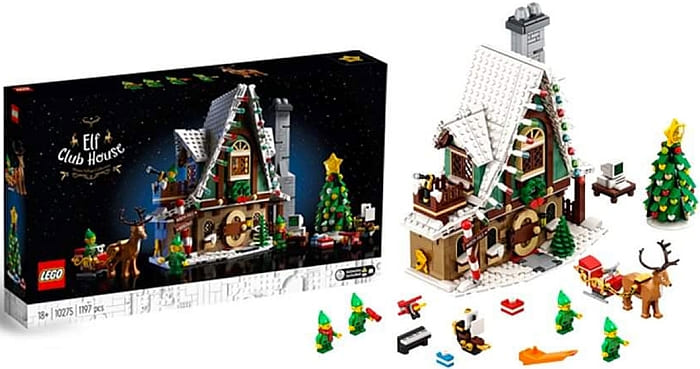
Although it won’t be available until the end of the month, we already know that the LEGO Winter Village set this year is going to be the #10275 LEGO Winter Village Elf Clubhouse. The most notable feature of this set is the exclusive reindeer. Other than that, it follows the pattern of the previous LEGO Winter Village sets; cute house, Christmas tree, lots of Christmas decorations and accessories, and several elves. Again, this set will be available at the end of the month. And if you’re new to the LEGO Winter Village collection, you can still get the #10267 LEGO Winter Village Gingerbread House from last year, and the #10263 LEGO Winter Village Fire Station from a couple of years ago. They are all available at the seasonal items section of the Online LEGO Shop.
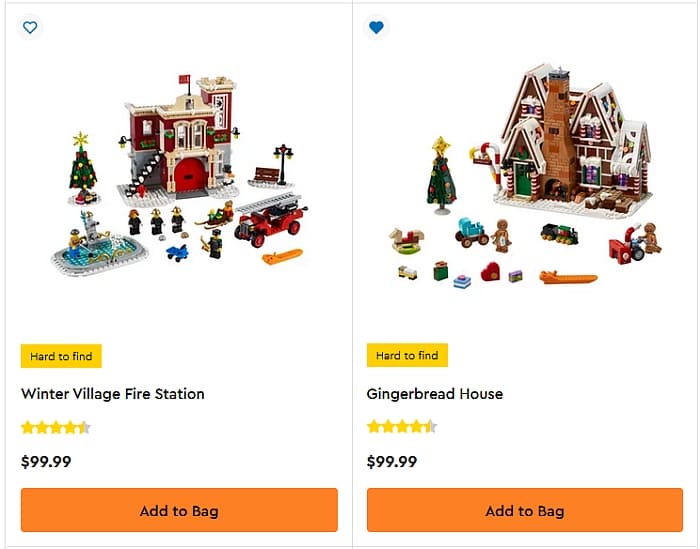
What do you think? How do you like the holiday sets this year? Are you planning to get any of them? Feel free to share your thoughts and discuss in the comment section below!
And you might also like to check out the following related posts:


